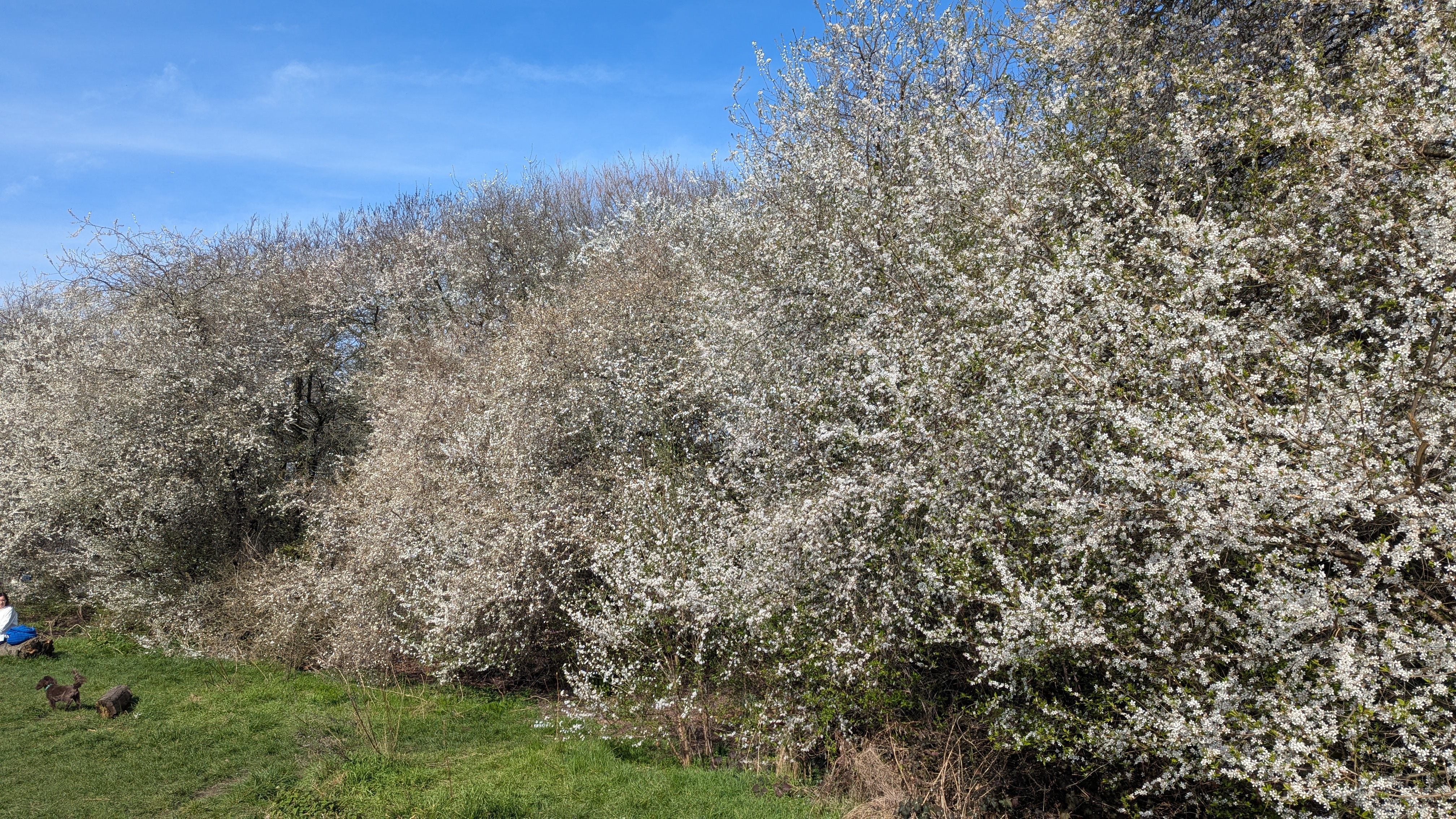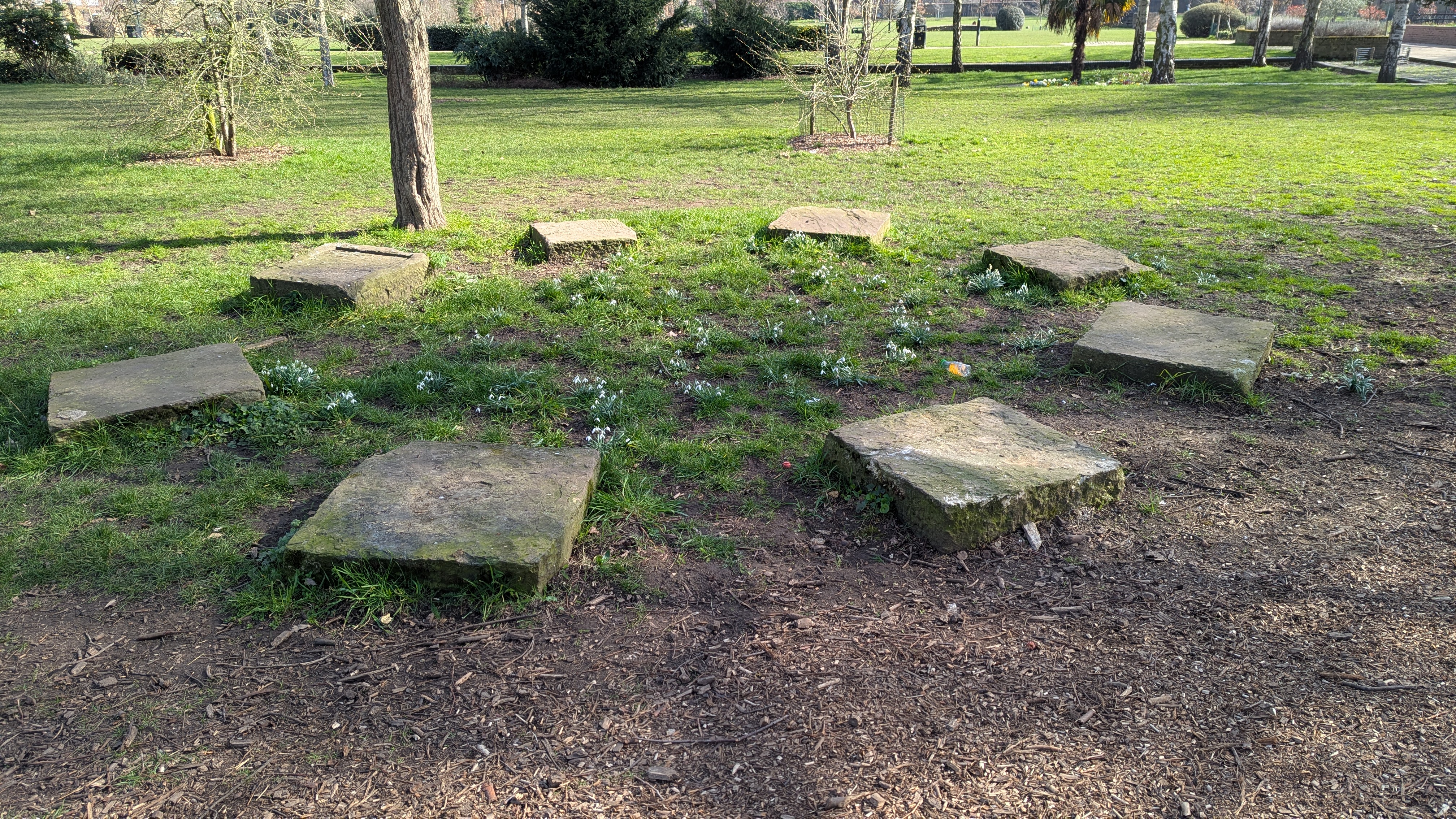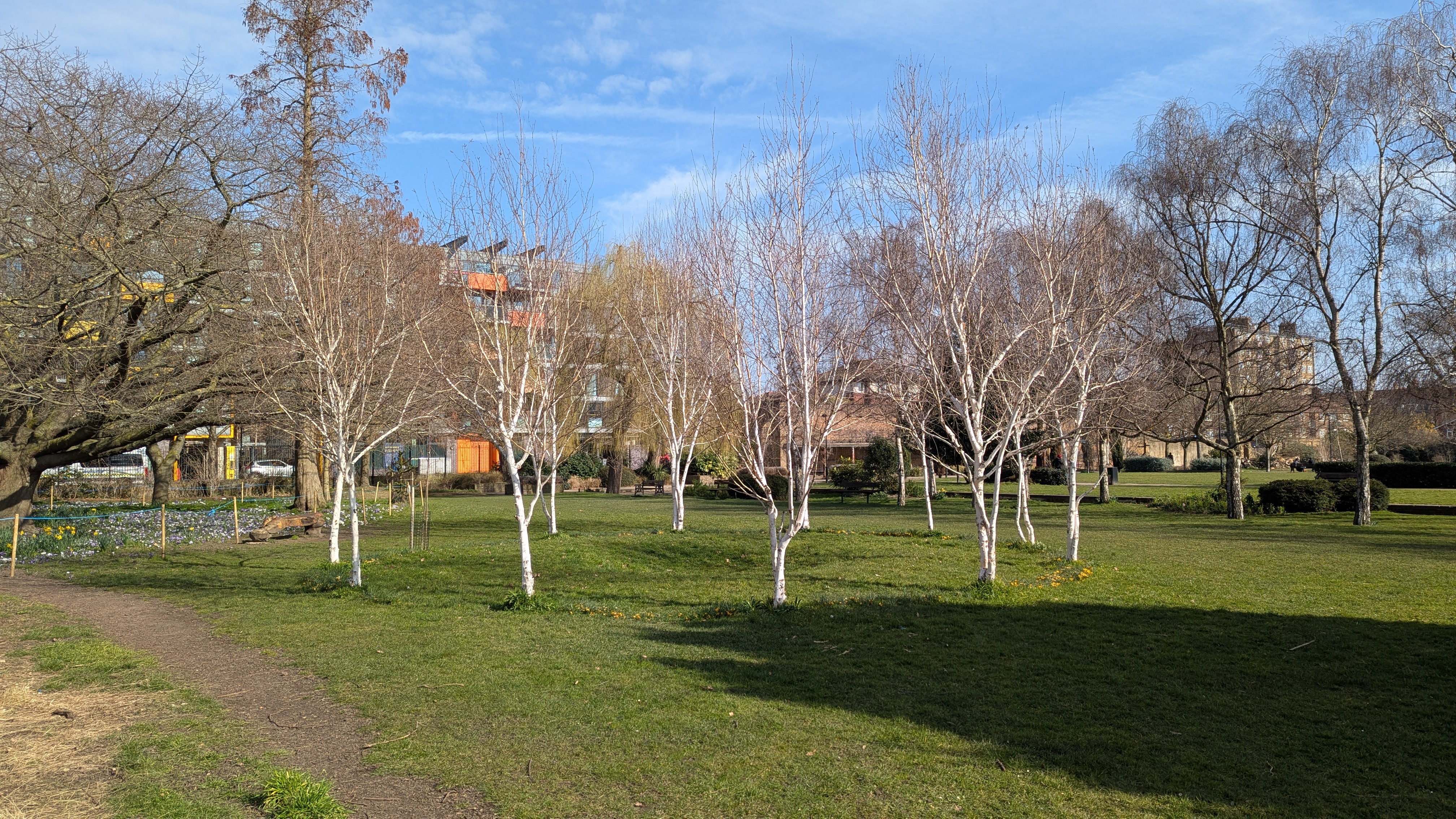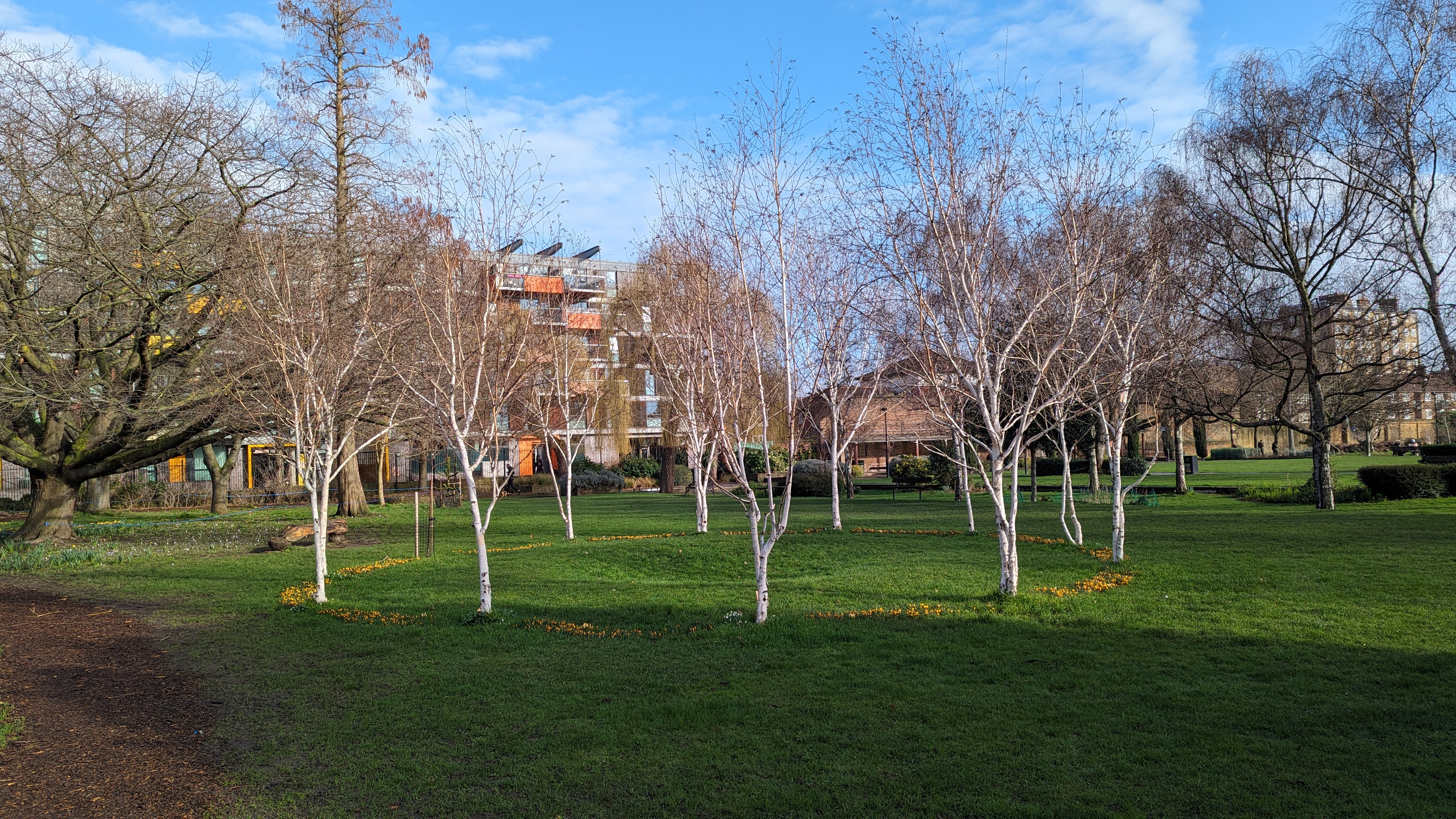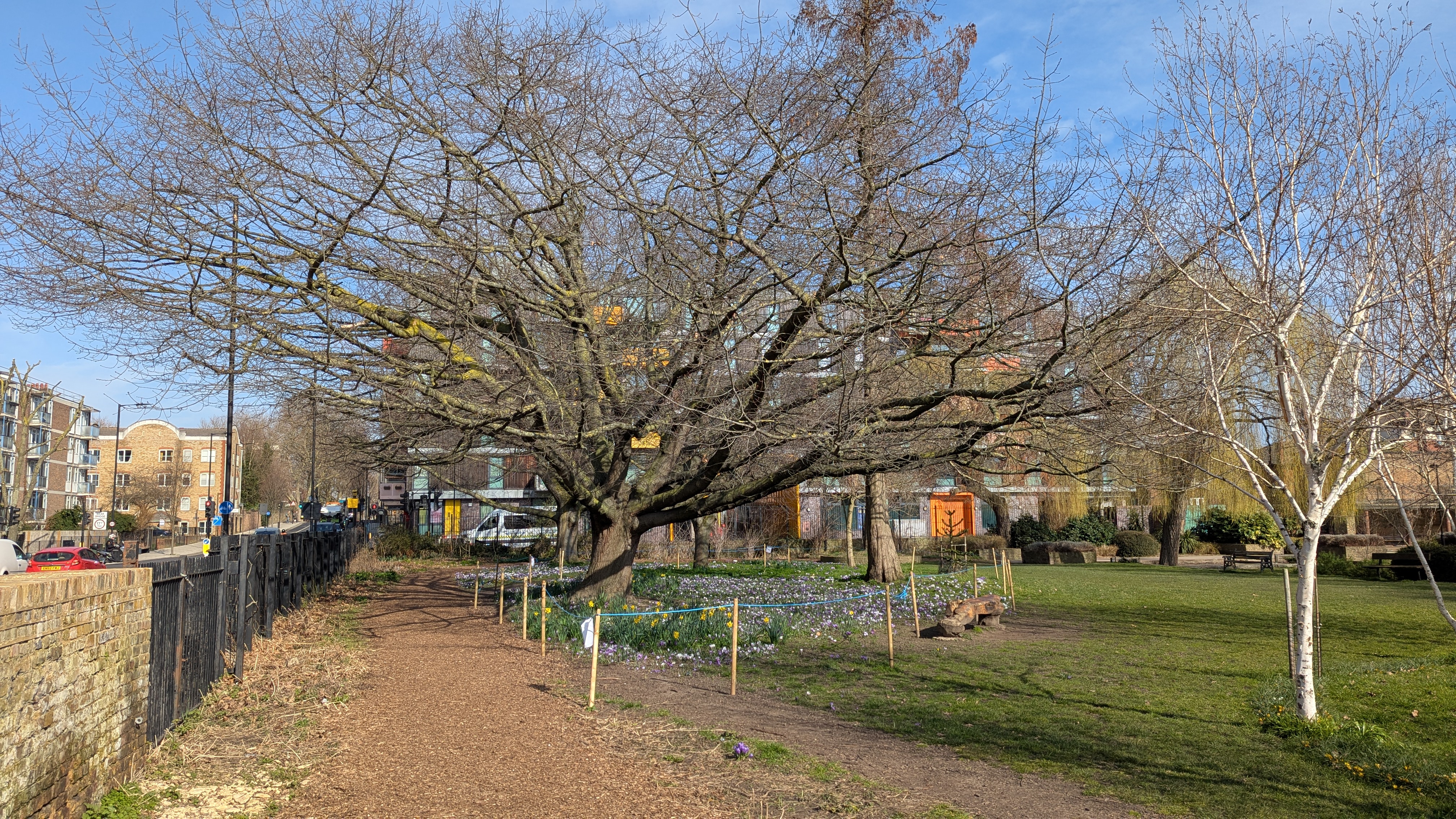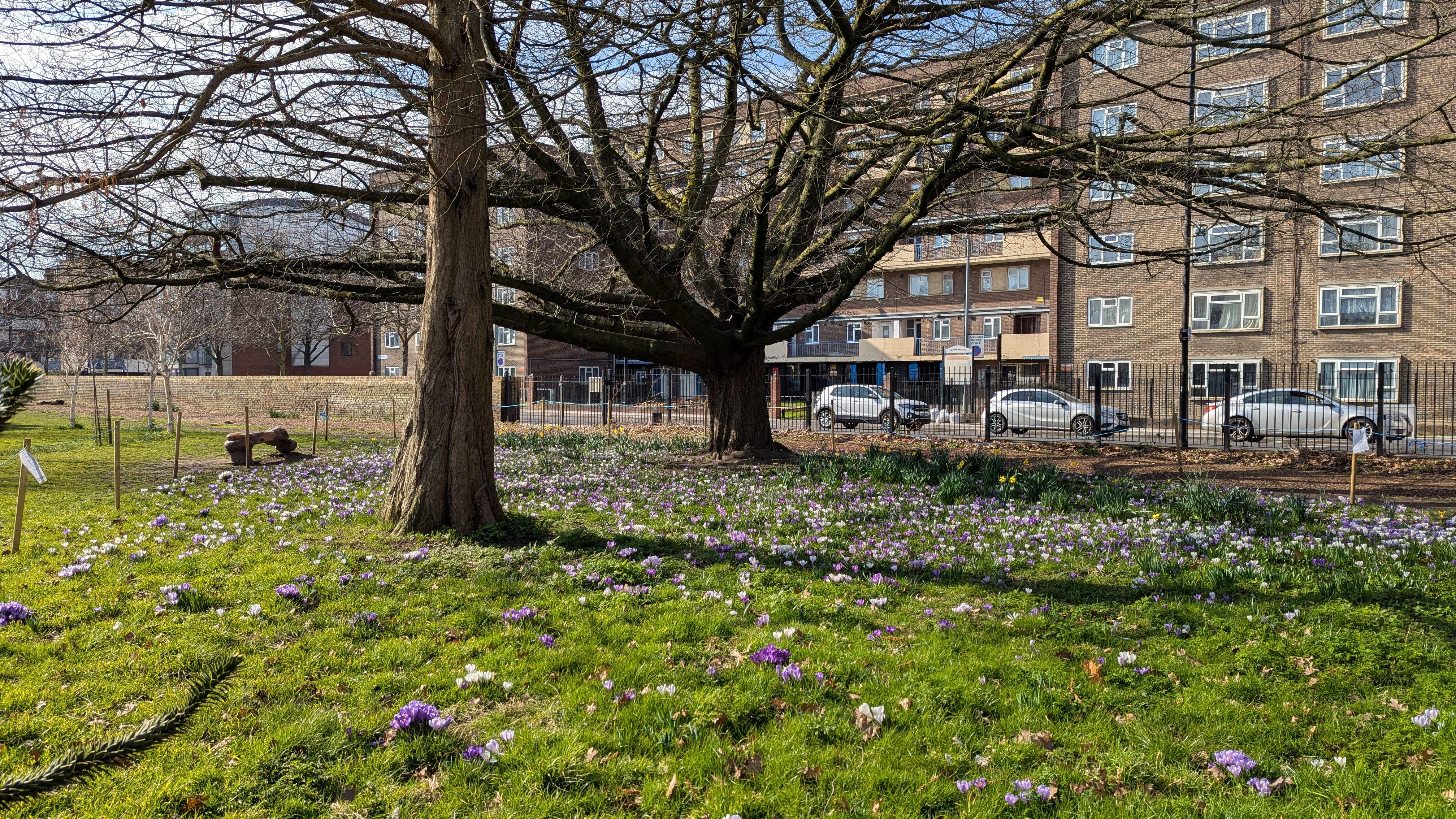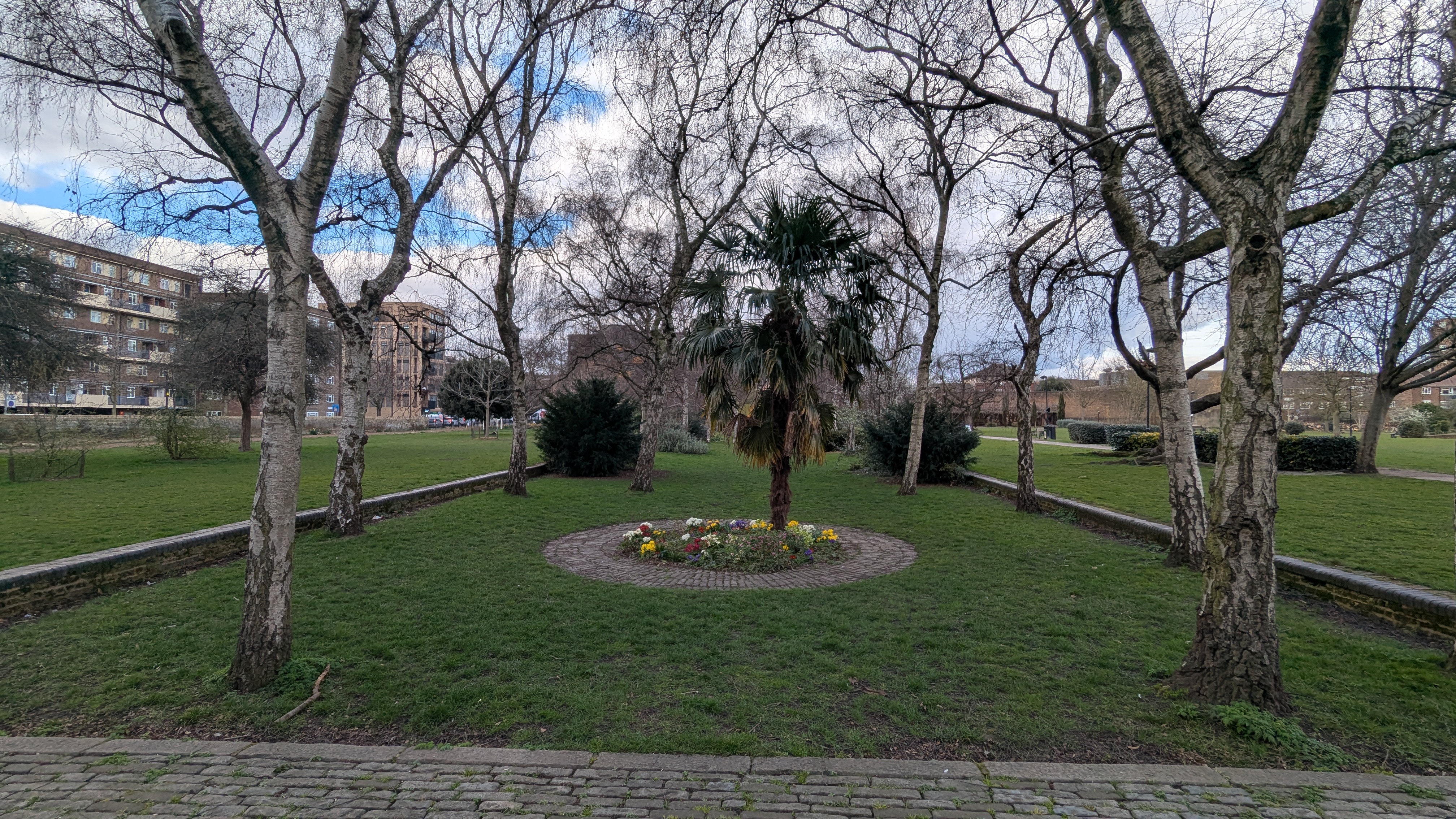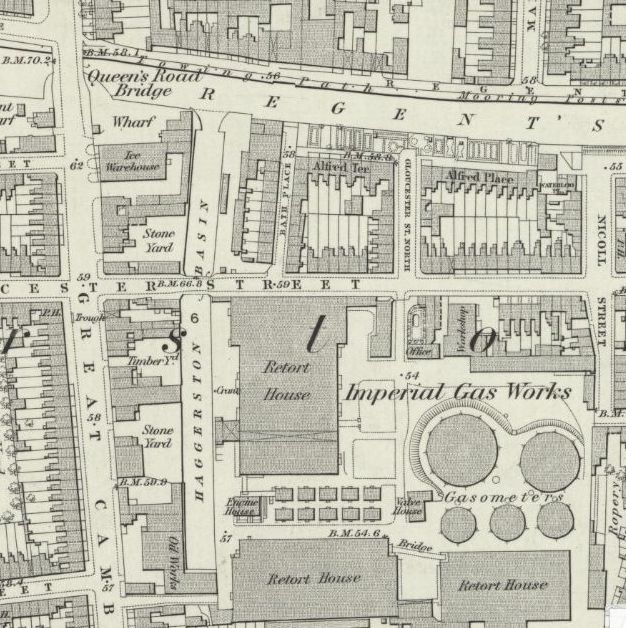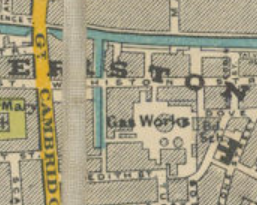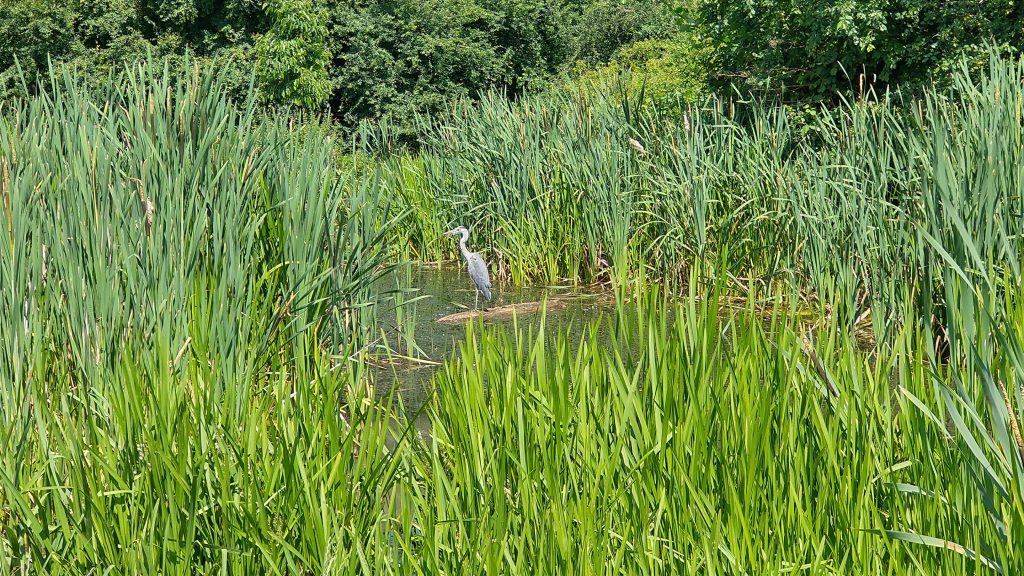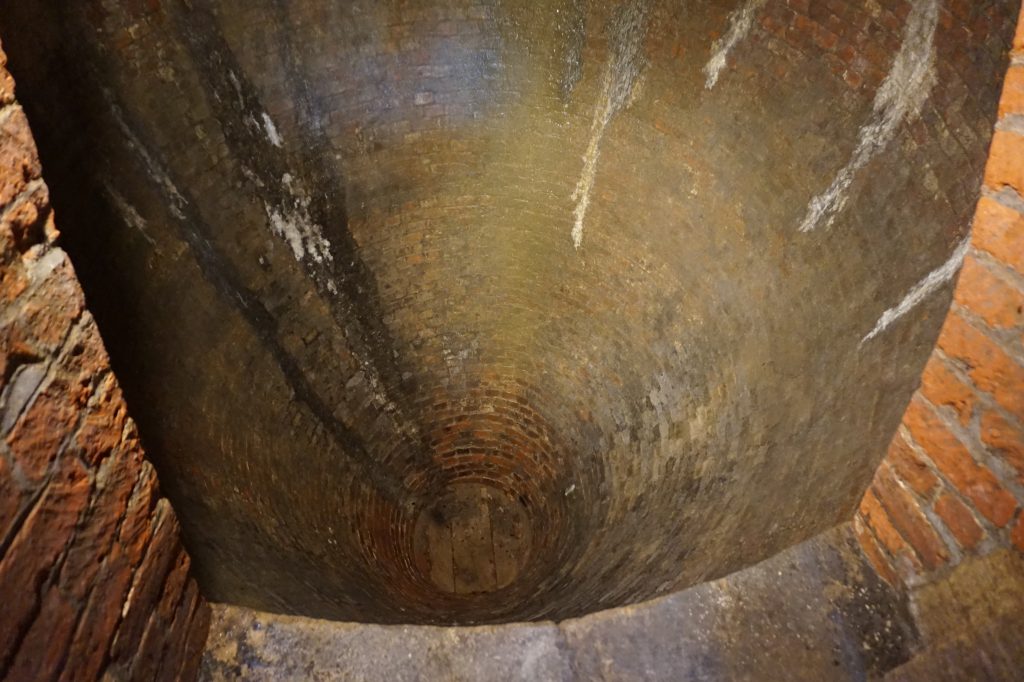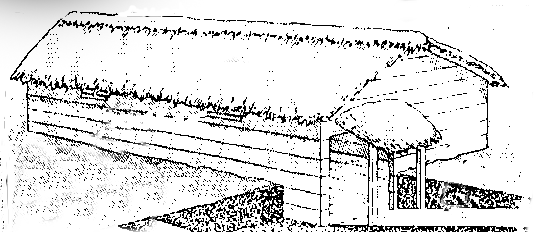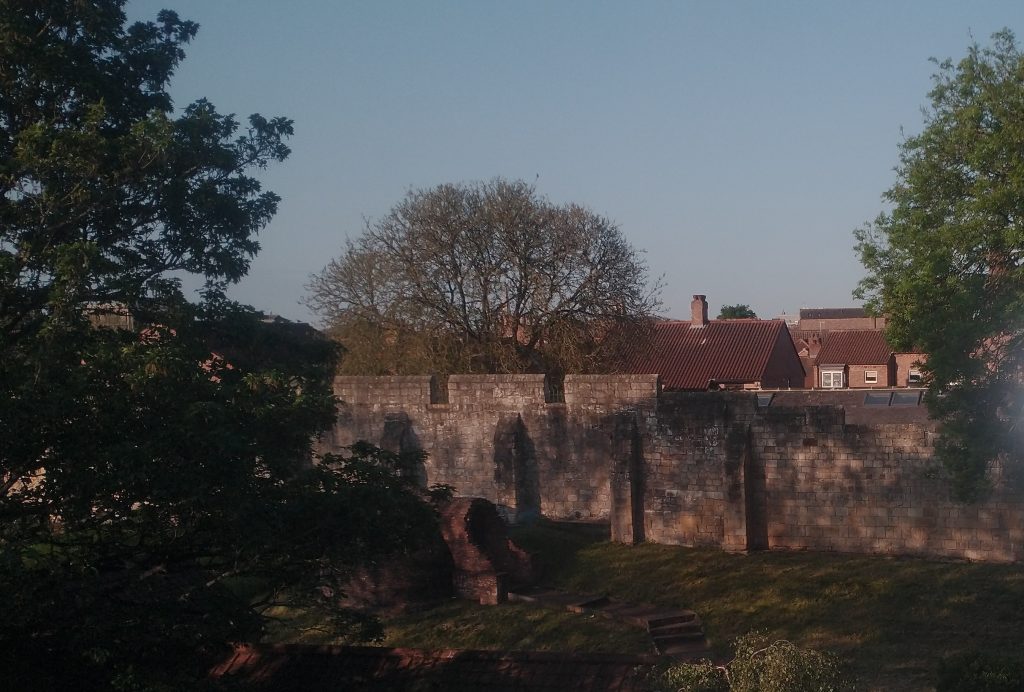
In 2023 I noticed a strange brick building dug into the bank in front of the City Wall. I could only see it from my Hotel Window, near Monk Bar. ‘Very curious.’ I thought, as I looked, ‘It’s either a kiln or an Icehouse. ‘ A ridiculous place for a kiln, I concluded, and as the weather was nice, I went out to explore.
By Monk Bar (Bar means Gate in York) I found a pub called the Keystones. Through its yard I could see the round brick structure, in the photo below.
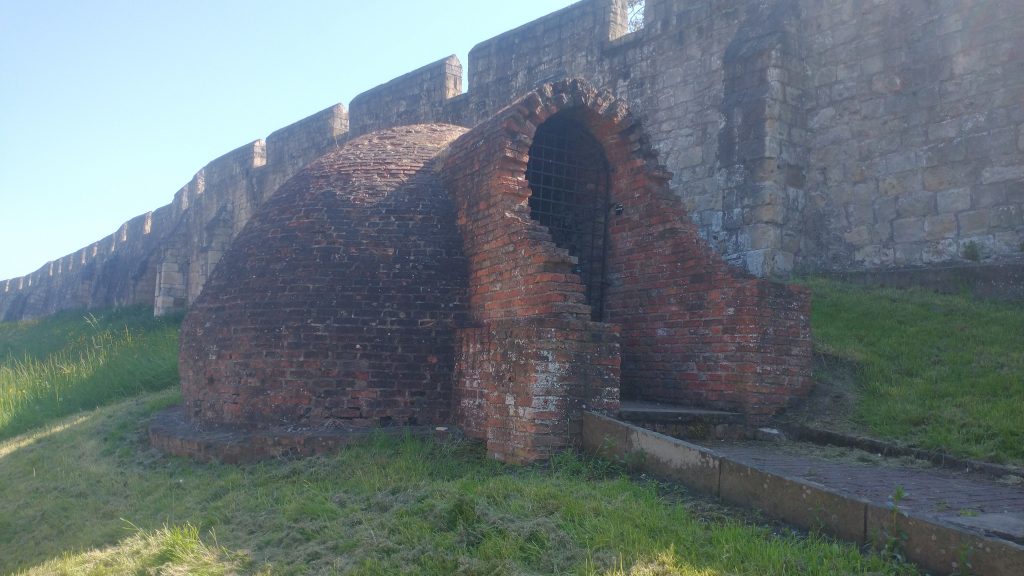
‘Icehouse!’ I thought to myself with increasing confidence. The ladder to the cavernous conical hole beneath it proved the point. It dates to about 1800.
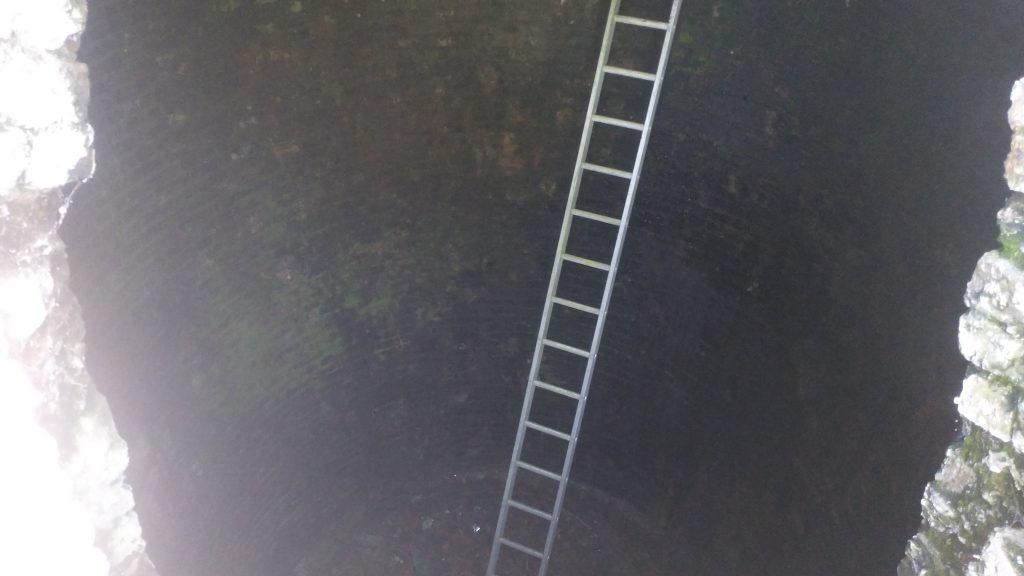
I wrote a brief history of Ice Houses in November 2022. This you can read in my post ‘How to Make a Dish of Snow’ here. But it doesn’t say much about ice cream. I have been meaning to write a piece on that subject since I read an article on the history of Ice Cream. It was in the Friends of the British Museum magazine. I intended to précis it and do a little research and include here. But, in the meantime, I received an email from ‘Jetpack’, a plugin for WordPress users, that offered me an AI plugin, which I wanted to try. So this is the first AI generated piece of information I have ever used (Aug 2023).
WARNING AI GENERATED TEXT!
Ice cream has a long and fascinating history. It’s believed that the ancient Chinese were the first people to eat a form of ice cream, flavoured with fruit and honey. The Persians also had a version of ice cream using ice and grape syrup. In the 13th century, Marco Polo brought the idea of ice cream to Europe from China. The dessert became popular in Italy, where early recipes called for flavoured snow and ice. By the 18th century, ice cream was regularly served in English and American households. Today, ice cream is enjoyed all over the world in many variations and with a plethora of flavours.
JetPack AI Generated (I’ve improved spelling and grammar.)
Now, settle yourself down with that pistachio and ciocolata gelato and read real writing on the subject. This from the British Museum. Please note that the ice house pictured below is also, weirdly, just by a City Wall. But this time in Mesopotamia.
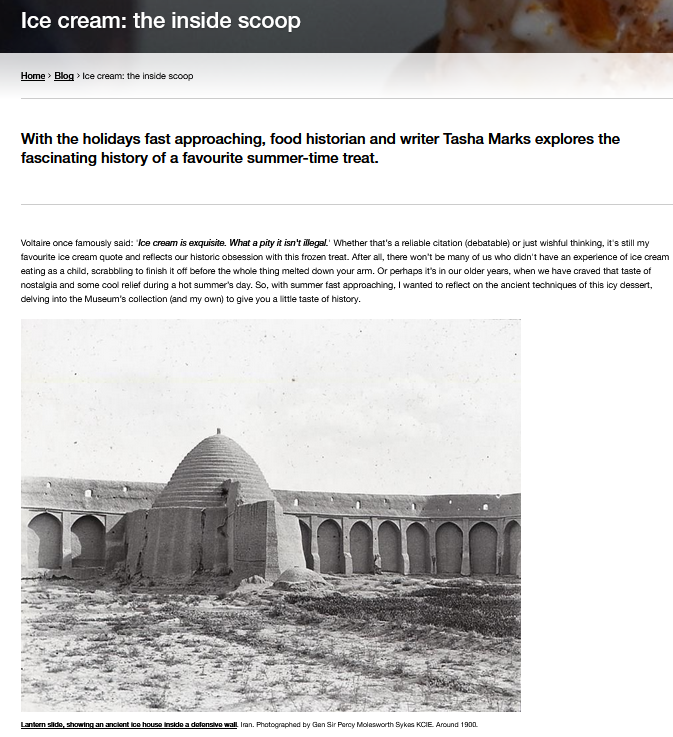
To read the British Museum Post click British Museum Blog ice-cream-inside-scoop
First published August 2023, republished August 2024. August 2025

